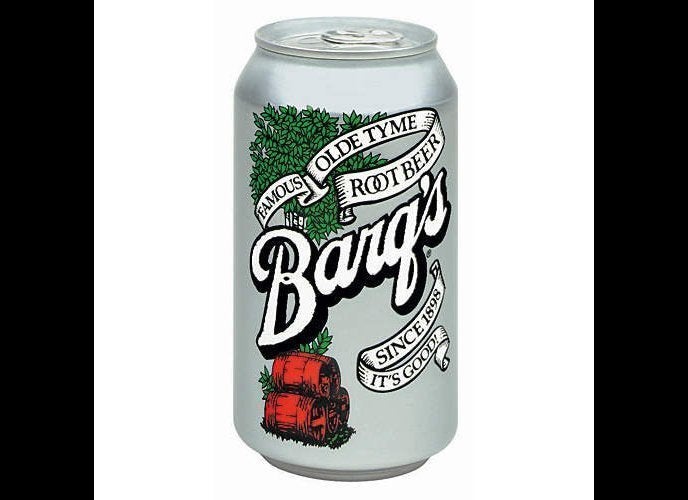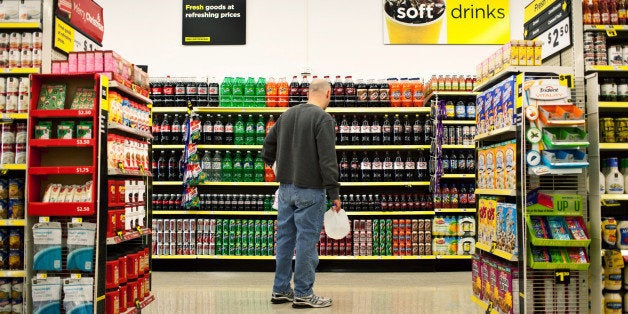
If the soft drink industry thought its fight with health reformers ended in the San Francisco Bay Area last election season, a new bill in the California legislature may be a rude awakening, reviving the movement to cut the state's sugary beverage consumption.
“I don’t think this issue is going to go away -- not given the increasing concern with obesity, especially childhood obesity,” Larry Gerston, a political analyst and San Jose State University professor, told The Huffington Post.
Last fall's soda battles focused on taxing the sweet drinks. The new challenge is warning labels. California Senate Majority Leader Bill Monning (D-Carmel) introduced a proposal Wednesday to put warnings on beverages containing added sweeteners with at least 75 calories per 12 ounces. The labels would read: “STATE OF CALIFORNIA SAFETY WARNING: Drinking beverages with added sugar(s) contributes to obesity, diabetes, and tooth decay.”
“Given the rock solid scientific evidence showing the dangers of sugary beverages, the State of California has a responsibility to inform consumers about products proven to be harmful to the public’s health,” Monning said in a press release. “This bill will give Californians the at-a-glance information they need to make more healthful choices every day.”
CalBev, the trade association representing the non-alcoholic beverage industry in California, said in a statement that the legislation unfairly targets sugar-sweetened drinks and allows other sugar-heavy products to elude regulations, confusing consumers.
This is the second time Monning has introduced the warning label bill, which failed to pass last session. But with the national attention received by last year’s local soda tax ballot measures -- one that passed in Berkeley and one that failed in San Francisco -- the second time could be the charm.
“Does it stand a chance? Yes. Do the Berkeley and San Francisco examples give it some momentum? Yes,” Gerston said. “Once the genie’s out of the bottle, it’s a lot easier to do it the second time around,” he said. Still, he said, the legislation faces an uphill battle from the many interest groups in California.
Berkeley’s soda tax made headlines as the first in the nation. It prompted the beverage industry to spend a jaw-dropping $2.4 million campaigning against it in a city of just 116,000 residents.
Despite the massive loss, industry representatives say Berkeley was an anomaly unlikely to set a trend.
That may not be the case, Gerston said. A New York state lawmaker introduced a soda warning label bill in November.
“The setting in Berkeley was a lot different than the setting in Sacramento," Gerston said. "But that said, just last year the state passed a plastic bag ban.” The ban followed one in San Francisco, which became the first city to ban bags in 2007. “It took several efforts to get that though [the legislature], so it wouldn’t surprise me if it took several efforts to get [anti-soda legislation] through. But is the environment suitable for this in California? Yes.”
Given California’s social policy clout, Big Soda may need to prepare for a national battle.
“Somebody once wrote that states are great laboratories for democracy. California has certainly taken the lead in a number of areas,” including automobile emissions and anti-smoking laws, Gerston said. “It’s entirely possible that if [anti-soda legislation] gets through the state legislative process, it could be a great boost in the arm for those reformers.”
Before You Go
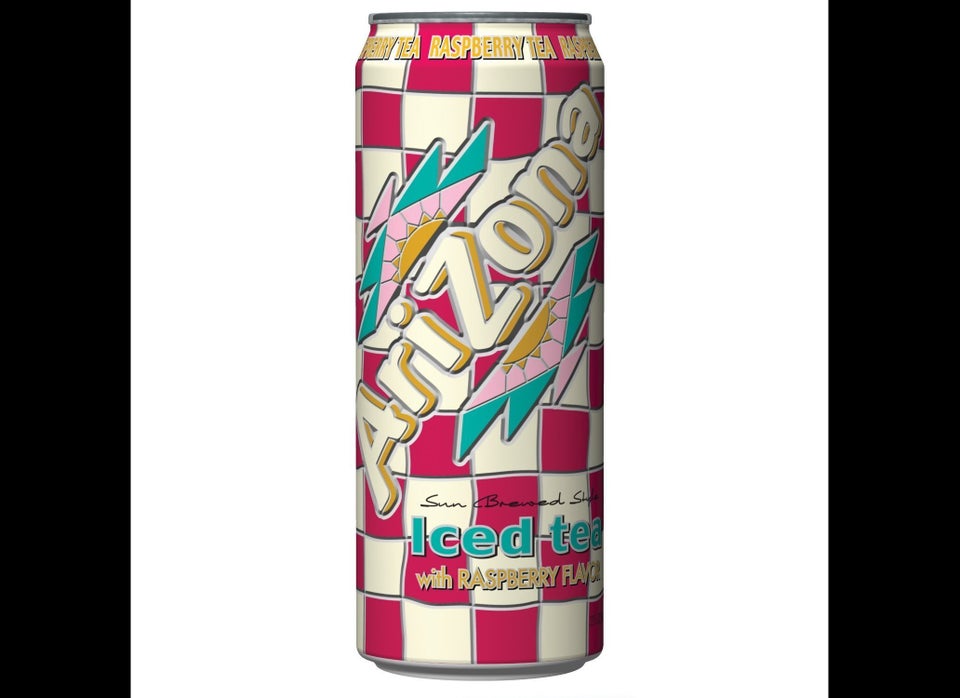
Photo from Amazon.com

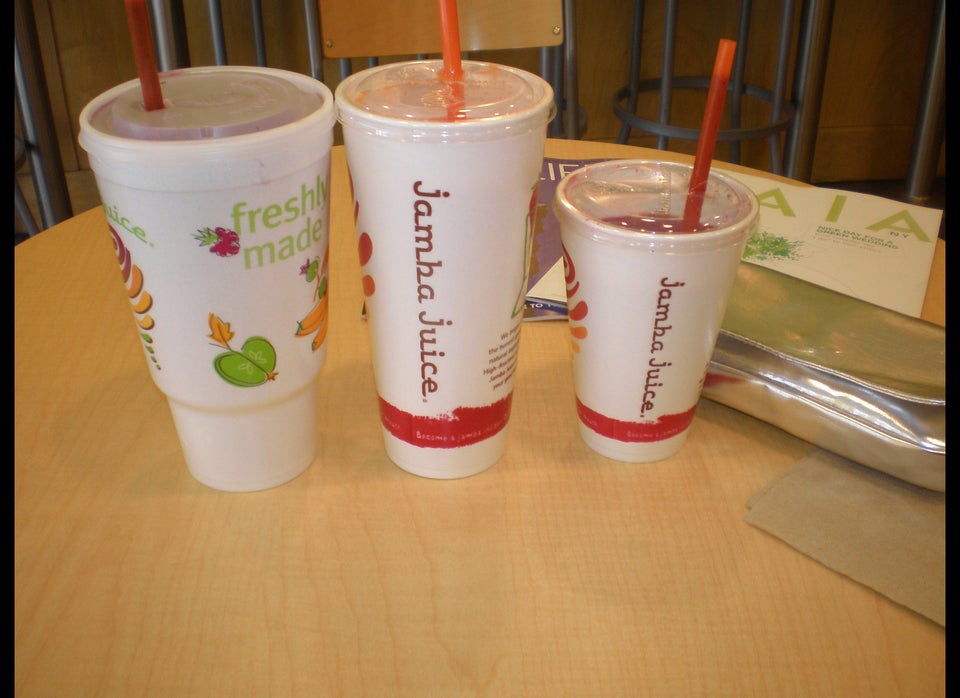
Flickr photo by libookperson
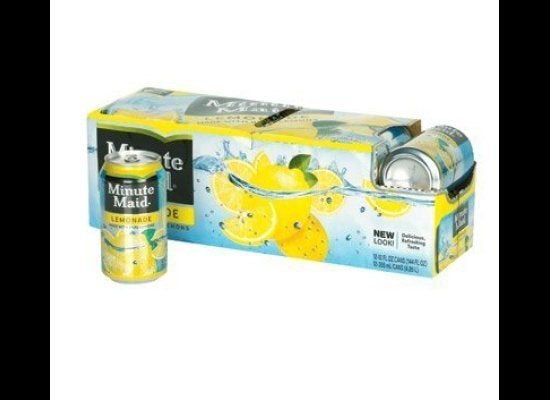
Photo from Amazon.com
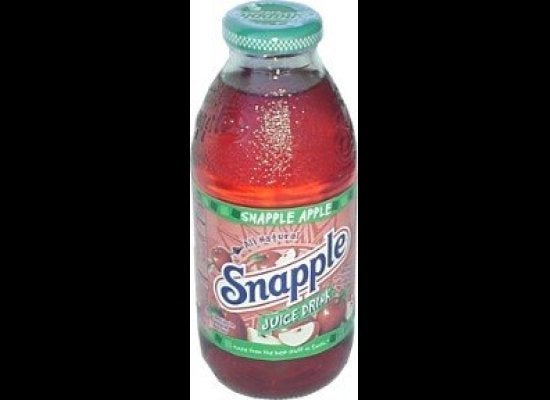
Photo from Amazon.com
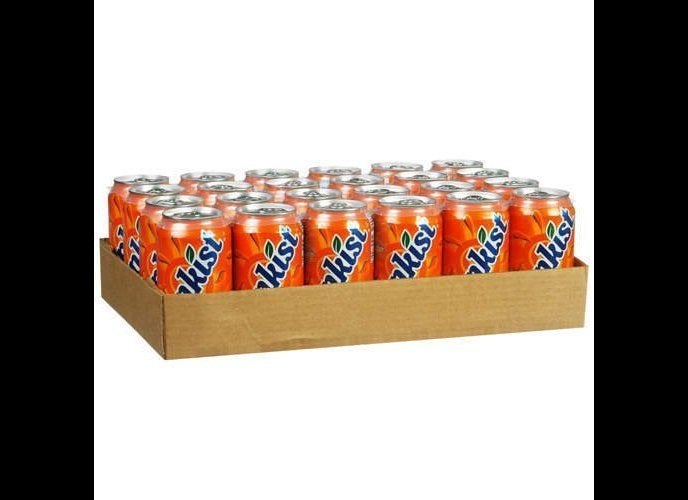
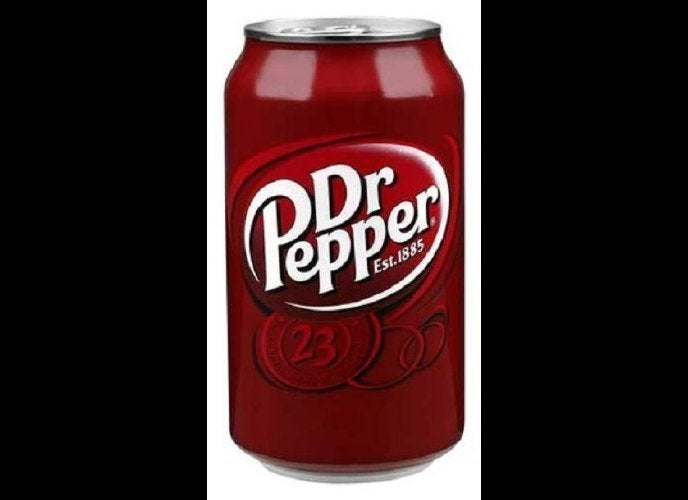
Photo from Amazon.com

Flickr photo by ReneS
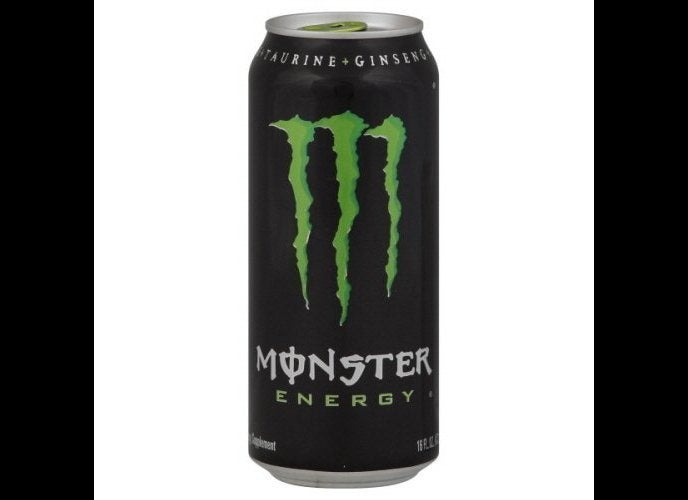
Photo from Amazon.com

Photo from Amazon.com

